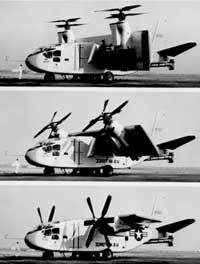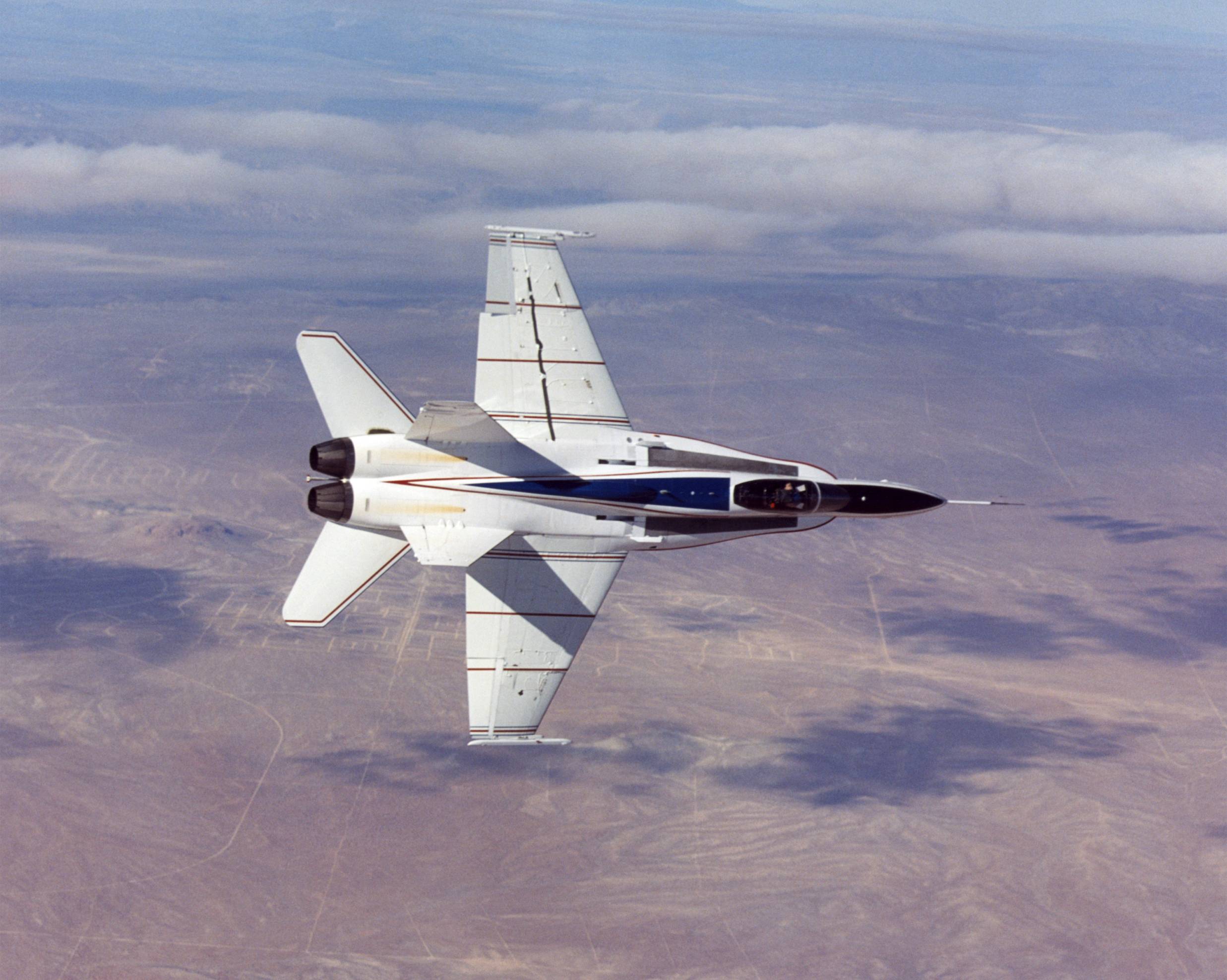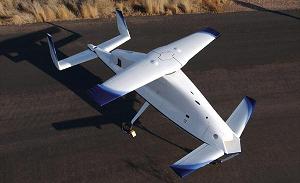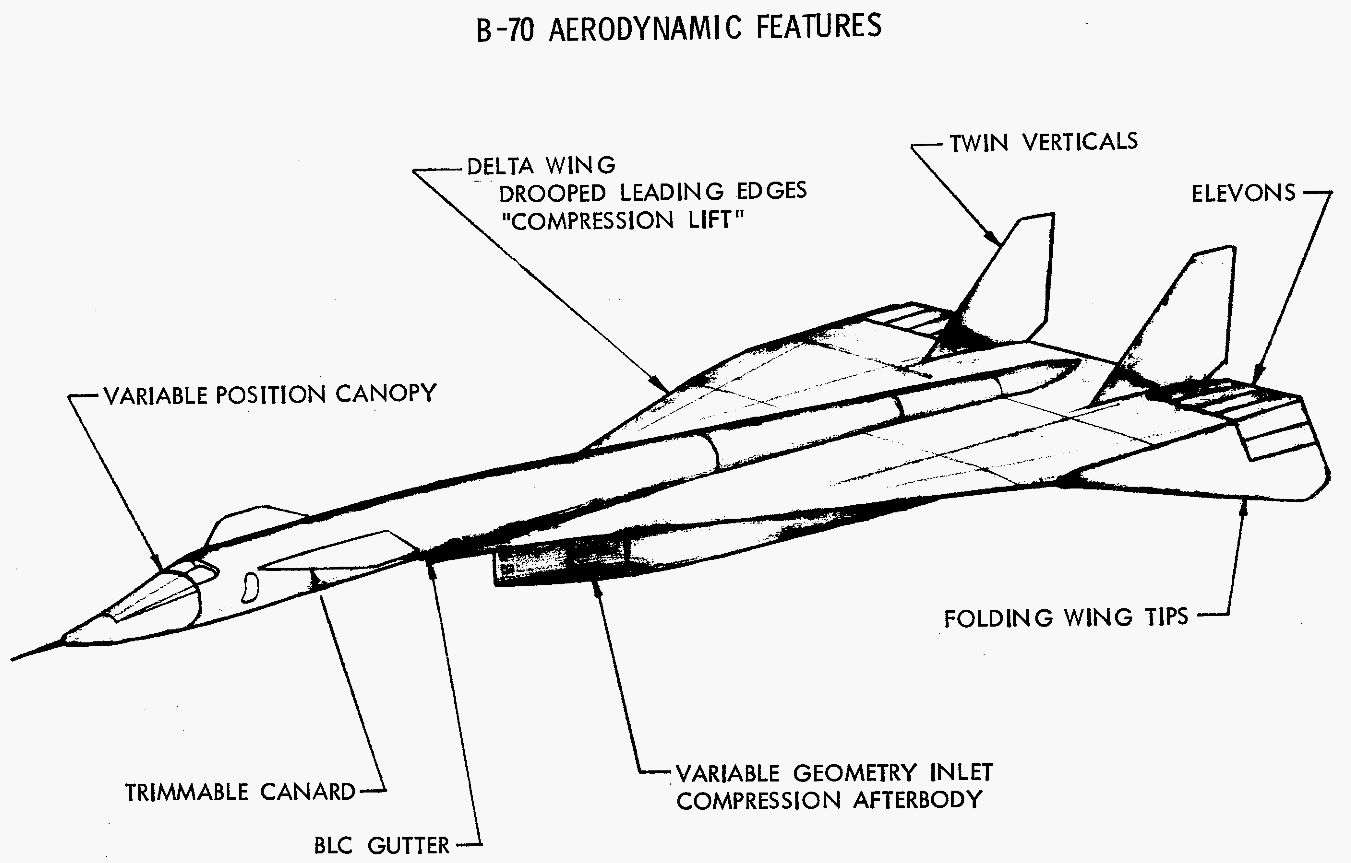In addition to types already mentioned by other answers:
Tiltwing
Was used to allow VTOL operations by tilting the entire wing, as can be seen on the Hiller X-18. NeverThe concept was never used outside testing as far as I can tell.
Aeroelastic Wing
Tested on the X-29 and later on the Boeing X-53, which was based on the F/A-18 Hornet. The idea here is that the wing can be twisted to control roll, giving better control while reducing load on the aircraft. Only used in testing so far.
Canard Rotor/Wing
The concept was that an aircraft could use a rotary wing similar to a helicopter for vertical take-off and landing; once up to speed it would stop the rotor and use it as a conventional wing. Was never tested in VTOL mode and the project was cancelled. See Boeing X-50 Dragonfly for more information.
Variable geometry wingtip
The XB-70 Valkyrie had hinged wingtips which could be angled downwards by up to 65 degrees to improve lift and stability in certain regimes.




